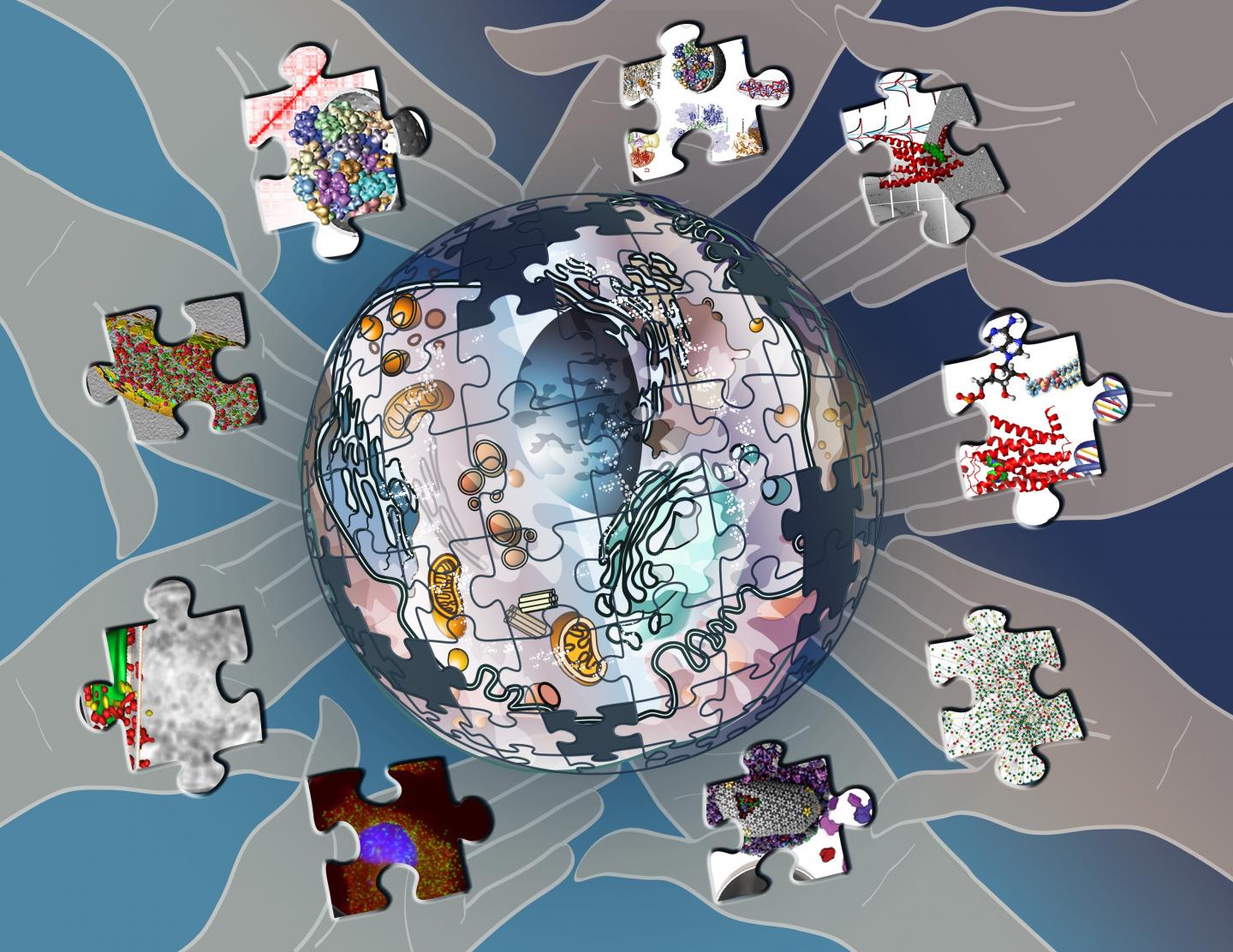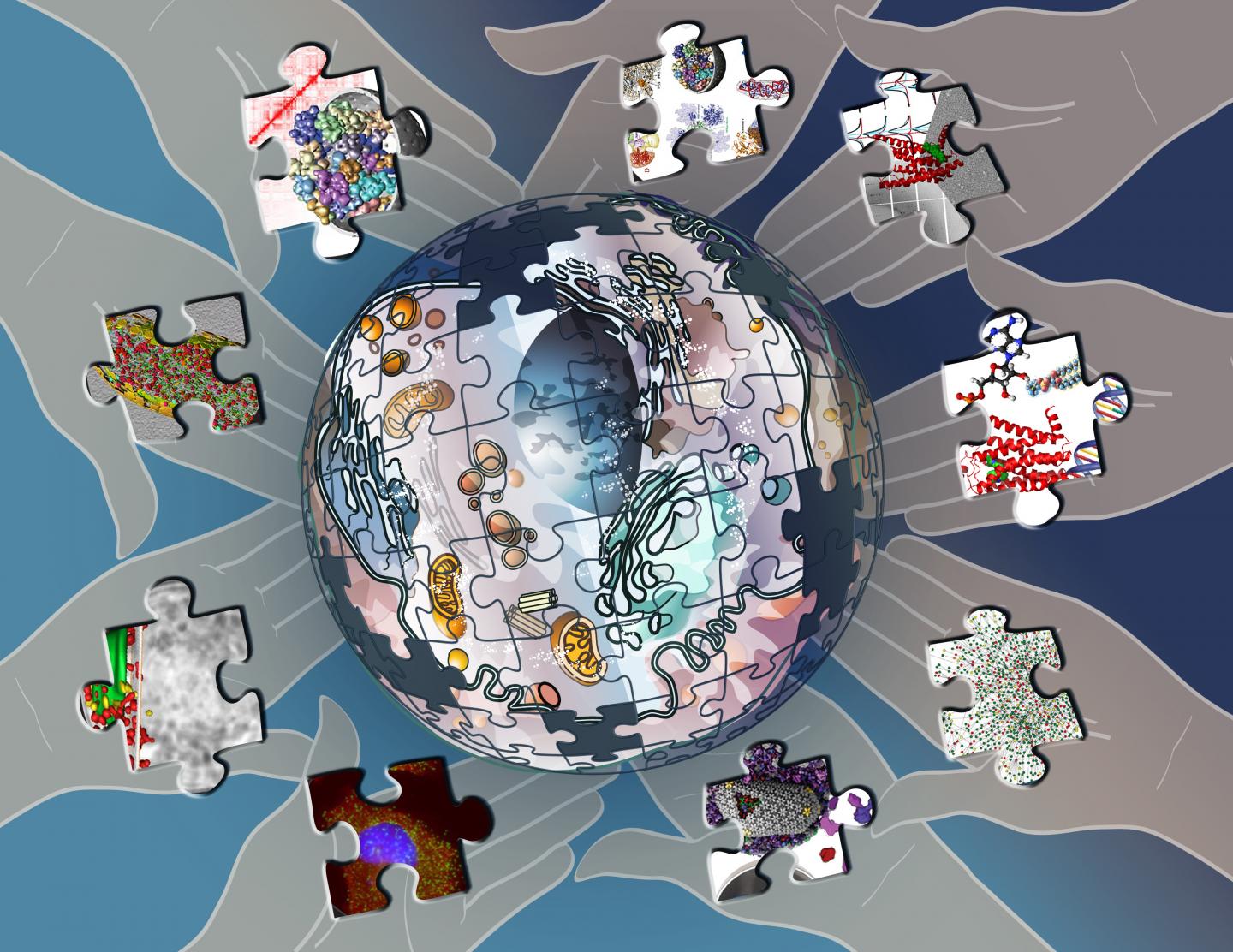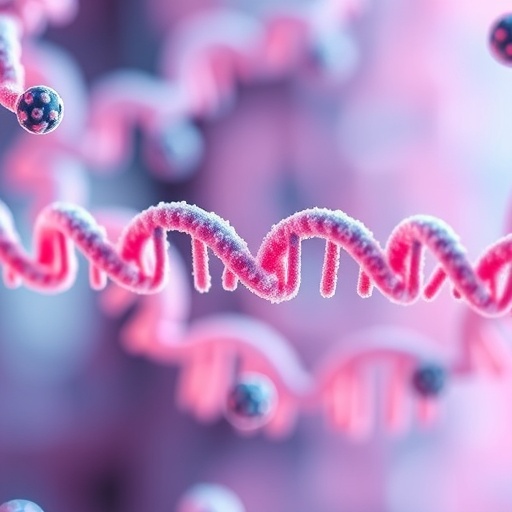
Credit: Yekaterina Kadyshevskaya, Bridge Institute at the USC Michelson Center for Convergent Bioscience
USC researchers have launched a massive scientific effort to construct a detailed, virtual 3-D model of the pancreatic beta cell and its components — a global project that aims to one day curb the worldwide rise of diabetes.
Diabetes cases have more than tripled worldwide since 1980, from an estimated 100 million to more than 400 million people, according to the World Health Organization. More than 30 million Americans have the disease, the Centers for Disease Control and Prevention estimates.
In a commentary in the journal Cell, co-authors representing the new Pancreatic Beta Cell Consortium at USC have announced what they described as a "call to arms" inviting scientists worldwide to join the cause and help model the cell at an atomic scale and whole-cell scale. The consortium ambitiously aims to complete the project in five years.
Raymond Stevens, a USC chemist and structural biologist who is the lead author on the paper and a founder of the consortium, said he believes that completion of the whole-cell model is critical for developing the next therapies for diabetes.
"We are converging to solve a difficult problem to solve a structure at multiple scales, from the individual atoms, to the small molecules, to the macromolecule, to the cell," Stevens said.
The effort calls upon an array of experts in biology, chemistry, computational biology (modeling), engineering, mathematics and imaging. The group also includes artists and filmmakers. Stevens said he believes the nonscientists may provide a unique and useful perspective on interpretation of their research.
The launch point for this convergent scientific effort, the Bridge Institute at USC Michelson Center, is fitting. The center comprises engineers and scientists from three schools at USC – the Dornsife College of Letters, Arts and Sciences, the USC Viterbi School of Engineering and the Keck School of Medicine of USC. They are working together to develop new treatments, diagnostics and devices to solve the greatest challenges of the 21st century, such as cancer and Alzheimer's disease.
Collaborators in the consortium are from top-ranked institutions including Caltech, the University of California, San Francisco, The Scripps Research Institute and the iHuman Institute at ShanghaiTech University. They are working together to develop new treatments, diagnostics and devices to solve diabetes, one of the greatest challenges of the modern era.
The Bridge Institute at USC Michelson Center also has expanded its projects to draw from the perspectives and skills of artists and filmmakers at the USC School of Cinematic Arts.
Anyone can participate
The effort has been described as "crowd-sourced science." Like the Human Genome Project, the beta cell project is open source, meaning the consortium is establishing an open data bank to which anyone can deposit research and data about the pancreatic beta cell. Multiple sets of data will be integrated to form the multiscale model of the cell and all of its components, from the tiniest — individual atoms — to the largest — the nucleus. For quality control, consortium scientists will curate and vet all contributions.
"This is the ultimate modeling problem," said co-author Andrej Sali, a scientist and bioengineer at the University of California, San Francisco who, as a modeler, integrates data.
"The cell is a very big system. It's not like gas and it's not like a crystal, but it maximizes complexity somewhere in between these two extremes," Sali said. "It's also hierarchical: atoms, molecules, complexes, organelles and cells. It will have to be solved by an integrative approach that relies on multiple sources of information."
Why not model some other cell?
The pancreatic beta cell was a leading candidate for what may be the first comprehensive whole-cell model in the world for a few reasons. First, it has been studied extensively, which means several data sets, images and other resources already exist. Second, the beta cell is a simple machine: input (glucose) equals output (insulin).
"This cell type has such huge medical implications," said Frank Alber, a co-author of the paper and USC professor of molecular and computational biology. "You want to use a predictive, whole-cell model in drug design, and you want to see what effects that drug would have, not only on a protein pathway within the cell, but on the whole cell."
Co-author Kate White is the director for the consortium, which so far involves an estimated 50 scientists, many from USC, and others from across California, the United States and China. In initial meetings, the consortium has been discussing the mysterious "black boxes" — the unknown information about the cell.
"One of those black boxes is: What are all the components of the cell? We know this to some degree, but we don't know all of them," White said. "We also need to understand which components of the cell are talking to which, how long those conversations last and how much variability there is from cell to cell."
The cell as a city
The challenge of understanding the pancreatic beta cell could be compared to getting to know an unfamiliar city. In a collaboration with the World Building Media lab at the USC School of Cinematic Arts and working with professors Alex McDowell and Todd Richmond, the consortium is trying to use world-building tools, similar to what was used to craft the film "Minority Report," and portray the cell as a world.
"We are starting to understand who the citizens are, what the infrastructure looks like and how the governing hierarchy operates," said co-author Kyle McClary, a chemistry PhD candidate at the Dornsife College. "We are trying to distill the cell's fundamental properties into abstract representations that are more approachable."
Co-author Jitin Singla, a PhD candidate in computational biology and bioinformatics at the Dornsife College, believes that the project will shed new light on understanding life itself.
"Efforts to understand the cell in its entirety are important for me to understand how we perceive life at its microscopic scale," Singla said. "The further we move forward in this project, the more it excites me as it unfolds new dimensions, knowledge and intricacies of the cell and how all of this comes together to make one 'living' cell."
Stevens said a comprehensive model of the beta cell would have implications far beyond the pancreatic beta cell.
"We hope our project lays the foundation for people to be able to model neurons, stem cells and other types of cells," he said.
###
Media Contact
Emily Gersema
[email protected]
213-361-6730
@USC
Original Source
https://pressroom.usc.edu/scientists-launch-global-effort-to-find-the-next-diabetes-drug/ http://dx.doi.org/10.1016/j.cell.2018.03.014





